Getting things straight is important. Genuine monastic training has NOTHING to do with wearing a robe. There may or may not be robes involved – but there will be intense inner battles as the “klesa” within (daemons or Jinn, etc) emerge, take-hold on the mind and body of individual, and cause general havoc in the inner and outer environment. Being in turmoil in not a failure – it is a vital part of the path of true monastic development. False airs and graces develop nothing - except delusion in the inner and outer world. The answer is humility in the face of overehelming confrontation. Are you confused – good – certainty will be the eventual result. Are you falling on the ground – good – you will stand taller as a result! Do tears obscure laughter – good – tranquillity will result. These are the type of experiences that lead to the experience of enlightenment.
Looking within with strength and clarity is the key to genuine monasticism. This is a private affair that has no particular outward uniform, authorisation, or status. The Sixth Patriarch – Hui Neng – was an enlightened (illiterate) laymen when he received transmission, and it was many years before he was reluctantly “ordained”. An ordinary monastic presents this expertise in being an “excellent” layperson with no fuss. Of course, a layperson can wear a robe – this is a common sight in Temples in China. This tradition arises from Confucian-scholars who wore robes as a matter of course when attending Buddhist Temples as lay-students. On occasion, laypeople today (men, women, and children), often receive permission to wear a Buddhist robe when practicing at home in front of the family shrine. If a layperson attains enlightenment – on rare occasions such individuals are granted the honour of wear a monastic robe in lay society (in and outside their home).
Being a “Hermit”, however, is still a choice. This can be as a recluse living within a domestic setting within lay society – or it can be in a remote and isolated location (perhaps up a mountain – or deep in a remote valley). As a layperson and an ordained monastic can both become a “Hermit” – all is equalised during such an undertaking. Nothing will help an individual that attempts to confront the void whilst their minds (and bodies) are continuously attacked by the taints of greed, hatred, and delusion. This process will hurt, and this will be the furnace that will serve as your training hall. I was on Mount Athos during late 2001 – and one monk asked me if Western (Unorthodox) Christianity still existed? He said the island had been attacked in the 12th century by marauding Crusader Knights from the West. We then sat in “silence” – a silence within which all questions were answered. Spiritual training is not the theatre it has become for many today. Being a genuine monastic is not a matter of dressing-up or assuming an unqualified role.
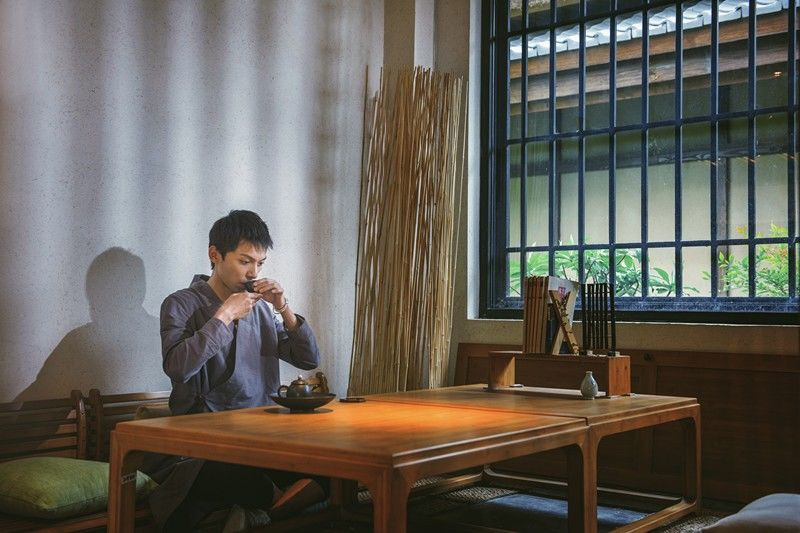

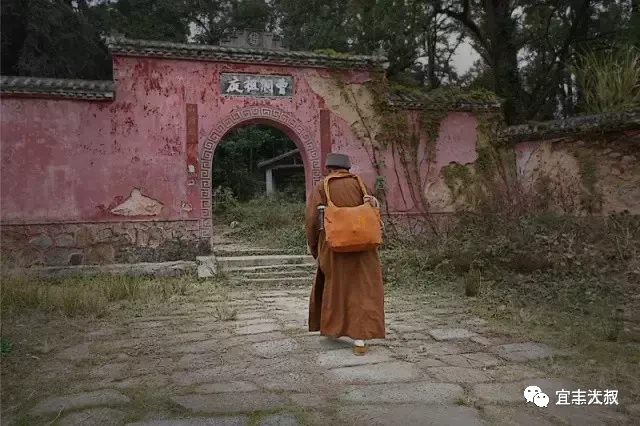
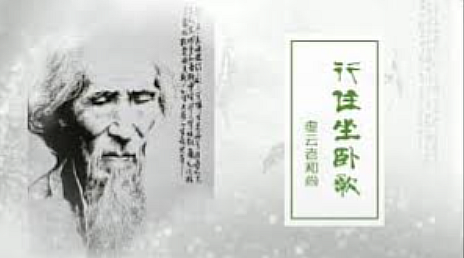
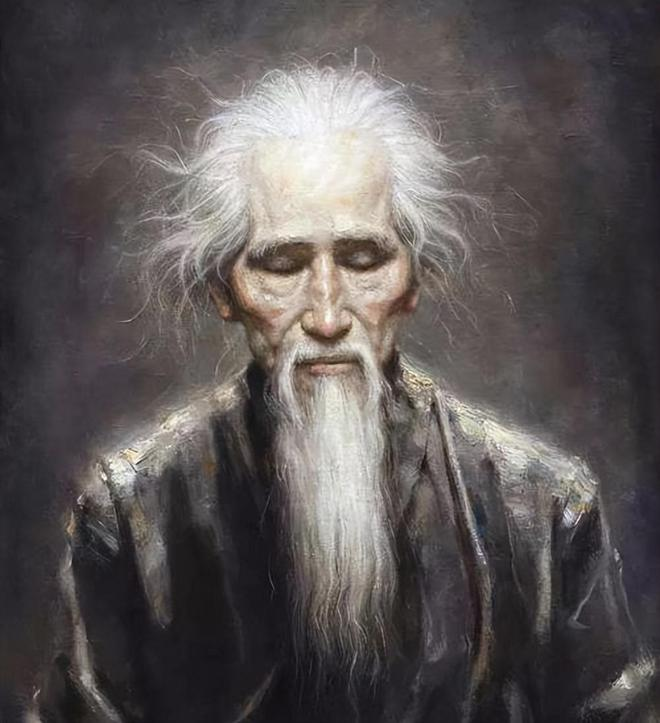
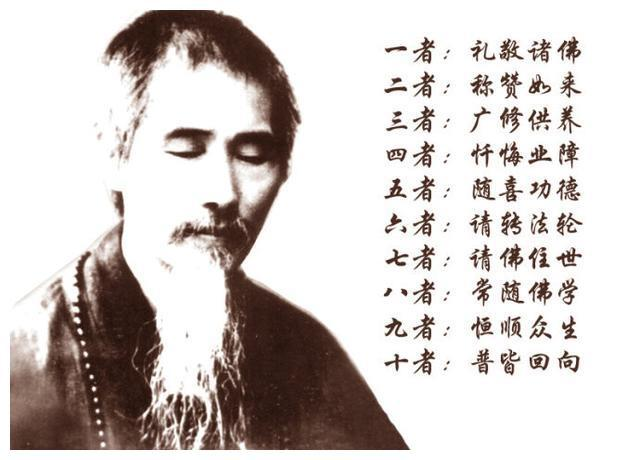
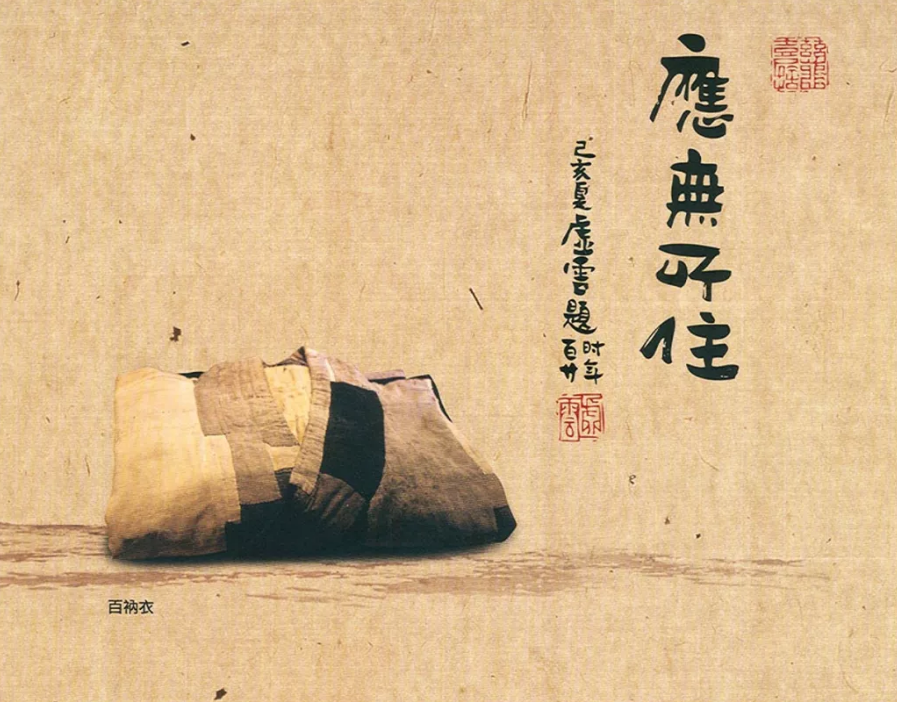
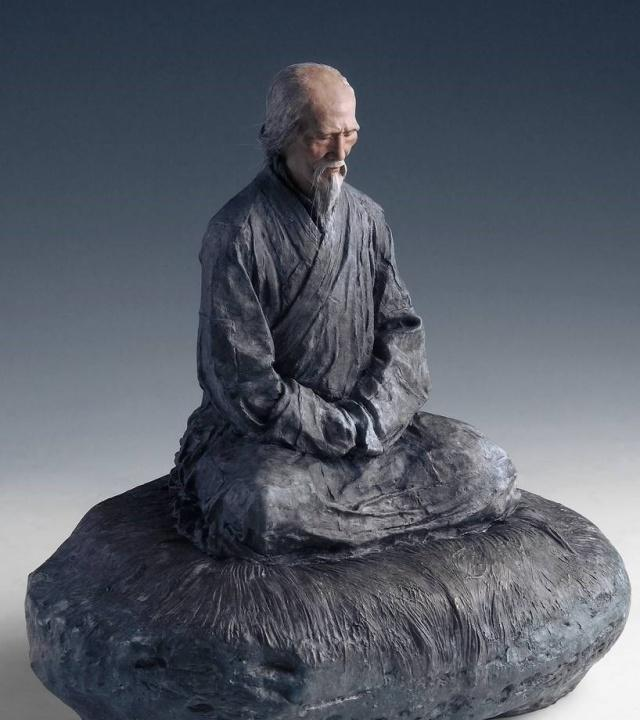


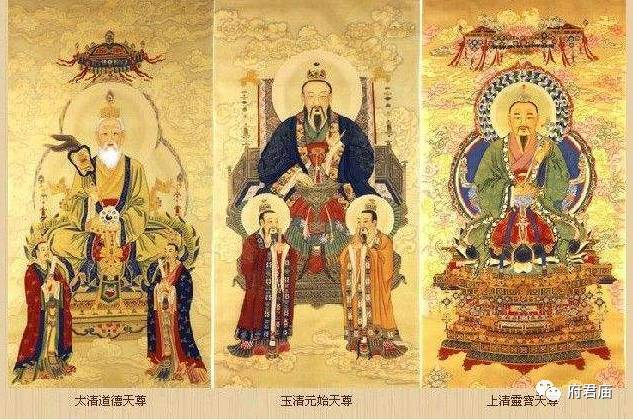
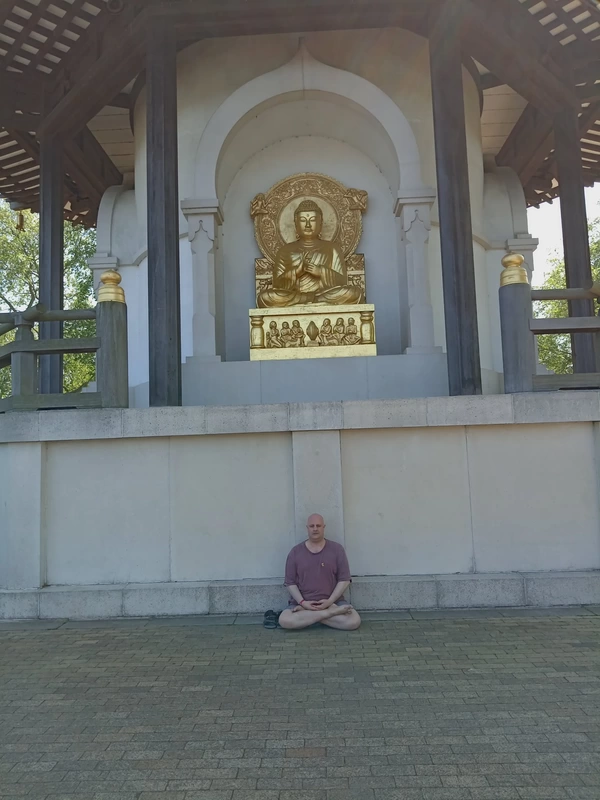
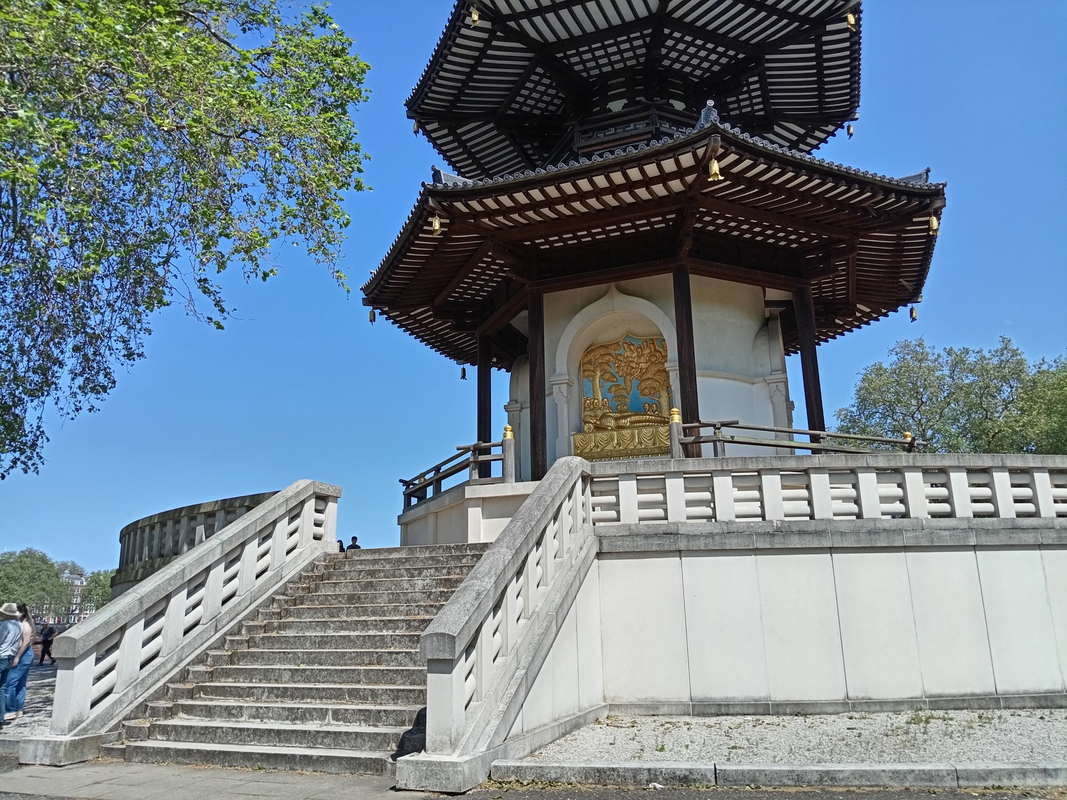
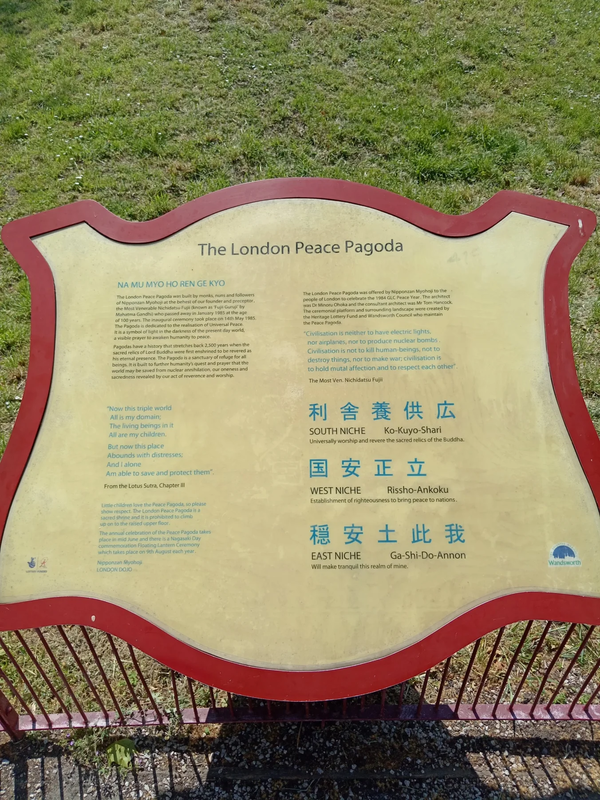
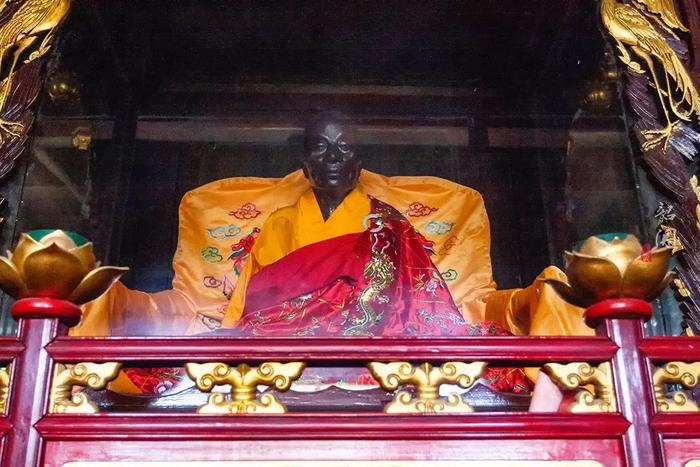
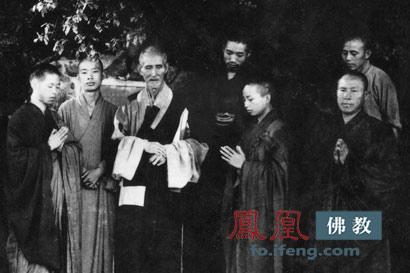
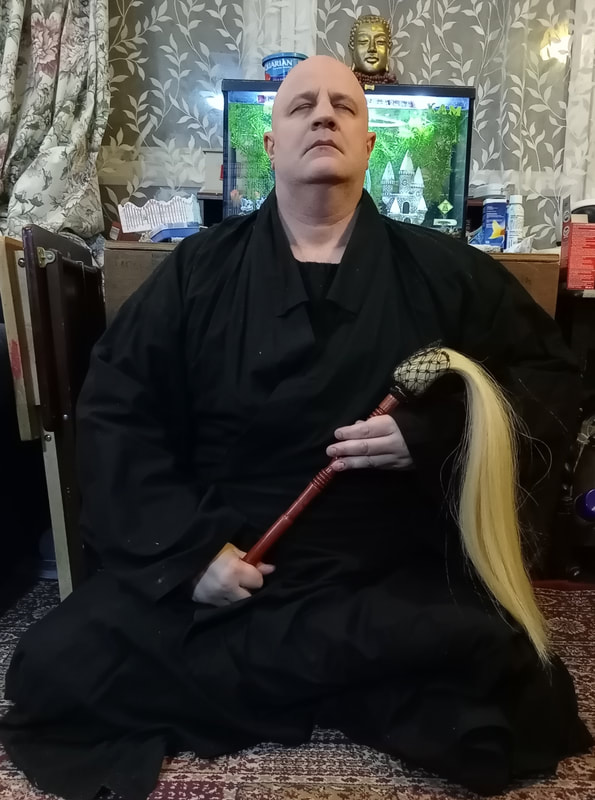
 RSS Feed
RSS Feed